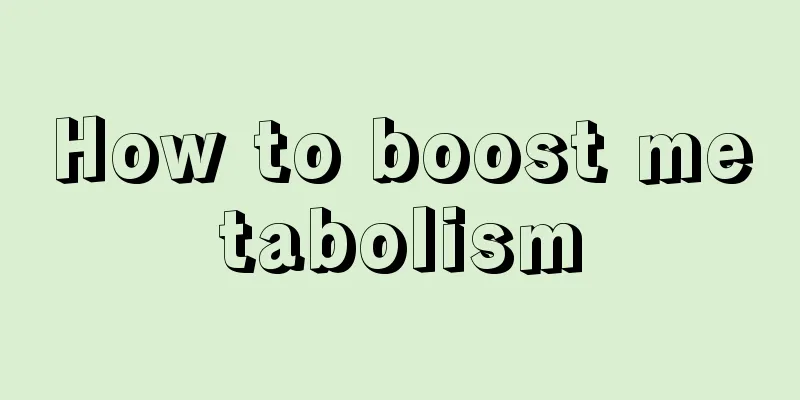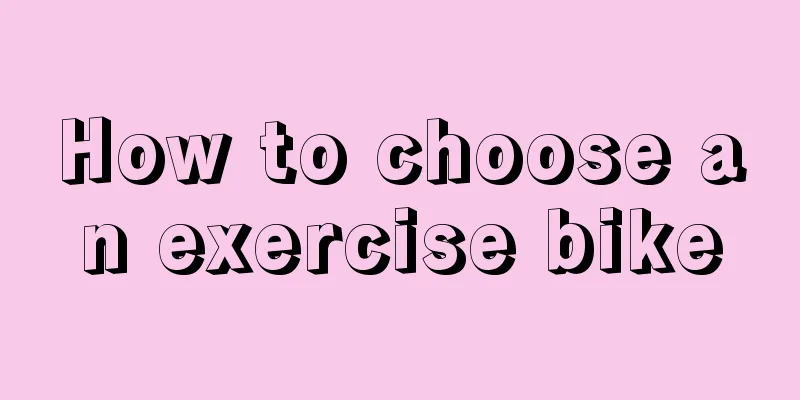What is the practice method of Qigong?

|
Qigong is a good way to exercise the body and regulate the breath. Although the movements seem simple, many people are unable to complete them normally, causing many people to give up practicing it. In fact, the practice of Qigong is also simple. First, you need to determine the type of Qigong you practice, which can be determined according to your own habits and personality. You must remember the precautions for practicing Qigong, and then pay attention to the methods and essentials of Qigong. The progress of practice will be improved faster. So what is the method of practicing Qigong? Qigong (Qigong) is a traditional Chinese method of health care, health preservation and disease prevention. It is a method of physical and mental exercise that uses the adjustment of breathing, body activities and consciousness (regulating breathing, body shape and mind) as means, with the purpose of strengthening the body, preventing and curing diseases, keeping fit and prolonging life, and developing potential. It mainly focuses on adjusting the harmonious relationship between natural energy and innate energy. In Chinese Qigong, innate energy is the original true energy bestowed by parents, circulating in the twelve meridians and eight extraordinary meridians of the human body. There are many types of Qigong, which can be mainly divided into dynamic Qigong and static Qigong. Dynamic Qigong refers to Qigong that focuses on physical activities. For example, the Daoyin School focuses on dynamic Qigong, and its characteristic is that it emphasizes physical manipulation combined with intention and Qi. Static Qigong refers to Qigong that is performed without moving the body, relying only on consciousness and self-control of breathing. Most Qigong methods involve alternation between movement and stillness. In religion, Taoist priests often practice guiding, inner alchemy and qigong, and meditation also includes qigong. Qigong is often practiced in conjunction with martial arts or meditation. Chinese medicine practitioners who practice acupuncture often enhance the efficacy of their treatments by practicing qigong. Balance exists among all things. Everything has a yin and yang side. The training method is: 1. Exercise posture: mainly sitting flat, with cushions on the seat of a stool, and the seat should be at the same height as the calf; sit with 1/2-1/3 of the buttocks on the stool, with both feet parallel, the soles of the feet touching the ground and perpendicular to the calves, the calves and thighs, and the thighs and upper body perpendicular; the distance between the two knees is two fists wide, with the palms naturally covering the thighs, the shoulders hanging loosely, the chest tucked in and the back straightened, the top of the head as if hanging, the lower jaw slightly retracted, the tongue against the upper palate, the mouth and eyes lightly closed, the eyes looking inward, and the ears listening to the breathing. If you are used to sitting cross-legged, you can do that. When you have become proficient in the practice, you can do it while standing, lying, sitting, or walking. 2. Breathing and mindfulness: The breathing method of this therapy is inhaling and exhaling through the nose. In the early stages of practicing the qigong, you only need to focus on exhaling, trying to make it deep, long, fine, and even. When inhaling, just let it happen naturally without any thoughts. As the practice progresses, breathing and thoughts must be adjusted appropriately. 3. Ending the exercise: Before finishing each session, relax your mind, rub your palms together until they are warm, and massage your face like washing your face for several weeks to restore your spirit to normal, then slowly stand up and move around. This article recommends the practice methods of Qigong. Qigong is very important for physical conditioning, because Qigong pays attention to breath regulation and also attaches importance to emotional control. You must be quiet to practice it well. If you are impatient or have great emotional fluctuations, you will not be able to practice Qigong correctly. When you first start to learn about Qigong, you should understand the common knowledge of Qigong. Do not practice blindly before you have a clear grasp of it. If you have any questions, you can first consult a teacher to understand clearly, and then perform the correct Qigong movements. |
<<: What are the taboos of practicing Qigong to fight aging?
>>: How to train your abdominal muscles in seven days
Recommend
What time is the best time to run at night?
In our current life, many of our friends pay more...
Shaolin Health Preservation Eight Section Brocade Movements
Nowadays, people should all know that they need t...
What are the techniques for ice skating?
China's sports culture is profound and extens...
Why do my arms hurt when I do push-ups?
Push-ups are a classic exercise for training ches...
Table tennis training methods
Table tennis is the national sport, and most Chin...
What are the precautions after practicing yoga?
Yoga is a very popular way of health preservation...
What are some simple yoga moves for weight loss?
Yoga is a weight loss and fitness method suitable...
What is the effect of honey, black tea and ginger weight loss method
Drinking black tea can effectively eliminate free...
How to slim down your face through fitness?
Fitness is a very popular lifestyle. Now people a...
What are some exercises for losing weight?
Losing weight is something that almost everyone h...
What muscles does running exercise?
Running can help us exercise muscles in many part...
What are the methods of yoga health preservation
Most people do yoga for health preservation, beca...
How about rowing machine exercise?
A rowing machine is an exercise machine that imit...
What are the benefits of exercise for the liver?
Every organ in the body is very important to us. ...
Why do your legs get thicker after exercising?
The purpose of fitness is to reduce fat and lose ...









